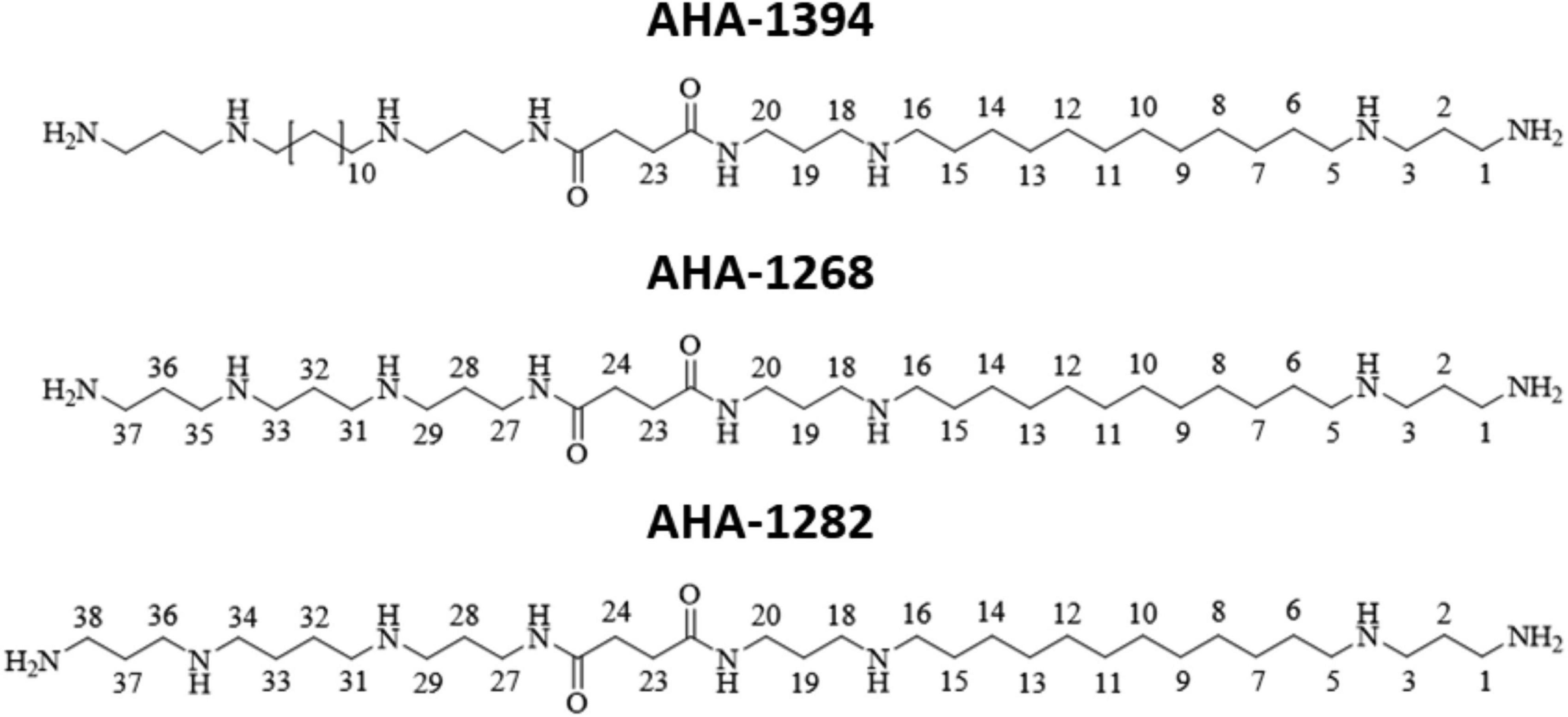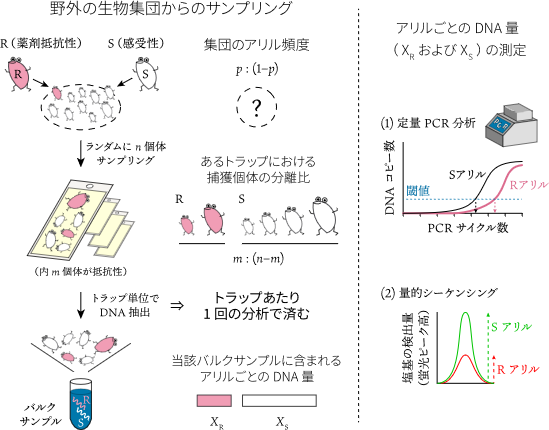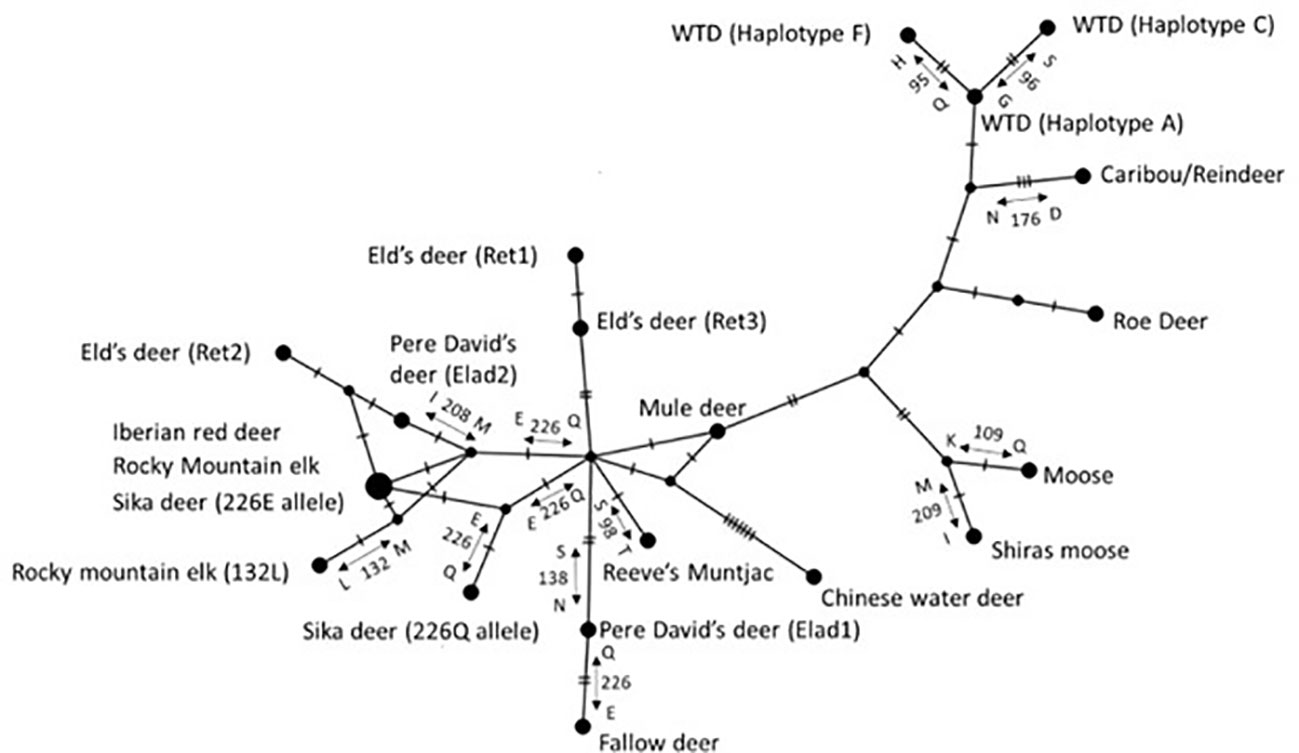バース大学の科学者が、実験室でMRSAスーパーバグを抑制し、抗生物質に対してより脆弱にする化合物を発見しました。 A compound that both inhibits the MRSA superbug in lab experiments and renders it more vulnerable to antibiotics has been discovered by scientists at Bath.
2022-10-11 バース大学
この新規化合物(ポリアミン)は、致命的なメチシリン耐性黄色ブドウ球菌(MRSA)感染症を引き起こす黄色ブドウ球菌を、病原菌の細胞膜を破壊することによって死滅させるようである。
この化合物は、10種類の抗生物質耐性黄色ブドウ球菌に対して試験管内でテストされた。その中には、MRSA感染と闘う患者に与えられる最終選択薬であるバンコマイシンに耐性を持つことが知られている株も含まれていた。この化合物は、すべての株に対して完全に効果を発揮し、それ以上菌が増殖することはなかった。
この研究は、黄色ブドウ球菌を直接破壊するだけでなく、この化合物が3種類の重要な抗生物質(ダプトマイシン、オキサシリン、バンコマイシン)に対する多剤耐性菌の感受性を回復させることができることを示している。
この化合物は、バイオフィルムに対してもテストされた。バイオフィルムとは、例えば、歯の歯垢や尿道カテーテルの頑固な膜として見られる、硬い表面で増殖する、薄くて扱いにくい微生物の層で、深刻な感染症を引き起こす可能性があるもので、既存のバイオフィルムを破壊することはできないものの、新たなバイオフィルムの形成を防ぐことができ、ここでも有望な結果が得られた。
<関連情報>

新規直鎖状ポリアミンのStaphylococcus aureusに対する抗菌活性について Antibacterial activity of novel linear polyamines against Staphylococcus aureus
Edward J. A. Douglas, Abdulaziz H. Alkhzem, Toska Wonfor, Shuxian Li, Timothy J. Woodman, Ian S. Blagbrough and Maisem Laabei
Frontiers in Microbiology Published:22 August 2022
DOI:https://doi.org/10.3389/fmicb.2022.948343

New therapeutic options are urgently required for the treatment of Staphylococcus aureus infections. Accordingly, we sought to exploit the vulnerability of S. aureus to naturally occurring polyamines. We have developed and tested the anti-staphylococcal activity of three novel linear polyamines based on spermine and norspermine. Using a panel of genetically distinct and clinically relevant multidrug resistant S. aureus isolates, including the polyamine resistant USA300 strain LAC, compound AHA-1394 showed a greater than 128-fold increase in inhibition against specific S. aureus strains compared to the most active natural polyamine. Furthermore, we show that AHA-1394 has superior biofilm prevention and biofilm dispersal properties compared to natural polyamines while maintaining minimal toxicity toward human HepG2 cells. We examined the potential of S. aureus to gain resistance to AHA-1394 following in vitro serial passage. Whole genome sequencing of two stable resistant mutants identified a gain of function mutation (S337L) in the phosphatidylglycerol lysyltransferase mprF gene. Inactivation of mutant mprF confirmed the importance of this allele to AHA-1394 resistance. Importantly, AHA-1394 resistant mutants showed a marked decrease in relative fitness and increased generation time. Intriguingly, mprF::S337L contributed to altered surface charge only in the USA300 background whereas increased cell wall thickness was observed in both USA300 and SH1000. Lastly, we show that AHA-1394 displays a particular proclivity for antibiotic potentiation, restoring sensitivity of MRSA and VRSA isolates to daptomycin, oxacillin and vancomycin. Together this study shows that polyamine derivatives are impressive drug candidates that warrant further investigation.


